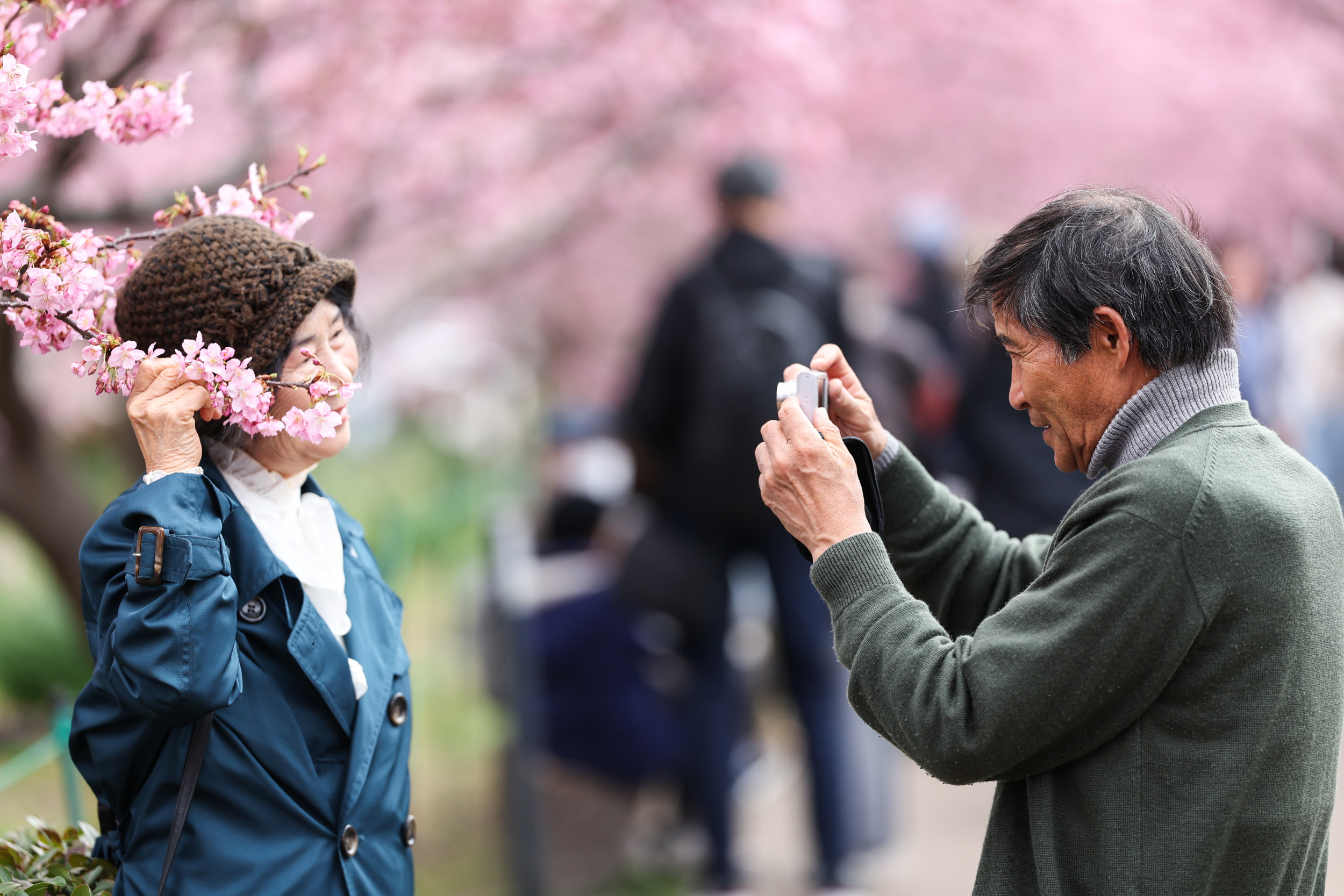
The Japanese government has issued another grim update as the window for preventing a demographic crisis continues to narrow.
The country’s population shrank by nearly 900,000 people in the year leading up to October 1, according to statistics released Monday by Japan’s internal affairs ministry.
Why It Matters
Japan‘s fertility rate in 2023—the most recent year that relevant data is available for—stood at 1.2 expected births per woman over her lifetime—far below the 2.1 needed to sustain a population. The number of births have for nine years hit record low after low, despite hefty government spending on pro-natal policies and some of the world’s most generous parental leave.
The world’s fourth-largest economy also faces the twin threats of a steady decline in marriages and a rising proportion of elderly people. Nearly 30 percent of Japanese citizens are now 65 or older.
Newsweek reached out to the Japanese foreign ministry by email with a request for comment.

Takashi Aoyama/Getty Images
What To Know
The new data shows there were 120.3 million Japanese citizens, 898,000 fewer than in October 2023.
Adding foreigners to the total, Japan’s population stood at 123.8 million, down 550,000 year on year. The figure marks the 14th consecutive decline and the steepest since authorities began keeping records in the 1950s, local media said.
Meanwhile, the proportion of the population considered to be of working age, or between 15 and 64, dropped by 224,000 to 73.73 million, or 59.6 percent compared with the United States’ 62.3 percent.
Former Health Minister Keizo Takemi described Japan’s demographic outlook as “critical,” warning the country only has until the 2030s to reverse course.
Japan is not alone. Nearby China, South Korea, and Taiwan are grappling with similar challenges as they struggle to encourage childbirth amid demanding work cultures, rising living costs, and evolving attitudes toward marriage and family among younger generations.
What People Are Saying
Ryuichi Kaneko, demographer and professor at Meiji University, told the Asahi Shimbun newspaper: “I believe one of the reasons Japan’s declining birthrate has become especially severe is that, in the postwar period, the country built a society that prioritized economic activity to an extreme degree.
“Meanwhile, care-related work that supports people’s lives—such as housework, childcare, and elder care—was treated as a private matter, separated from the public sphere and devalued. Within this framework of gendered division of labor, the burden of care was disproportionately placed on women.”
What’s Next
Japan has in recent years redoubled its efforts to counter the looming demographic crunch, approving a $25 billion package at the end of 2023 to expand child allowances, improve child care, and increase education support over the next three years.
The country has also taken steps to ease its strict immigration rules to help fill labor gaps in sectors like elder care and manufacturing. The reforms aim to triple the foreign workforce by 2040, allowing more workers to stay longer and bring their families.




